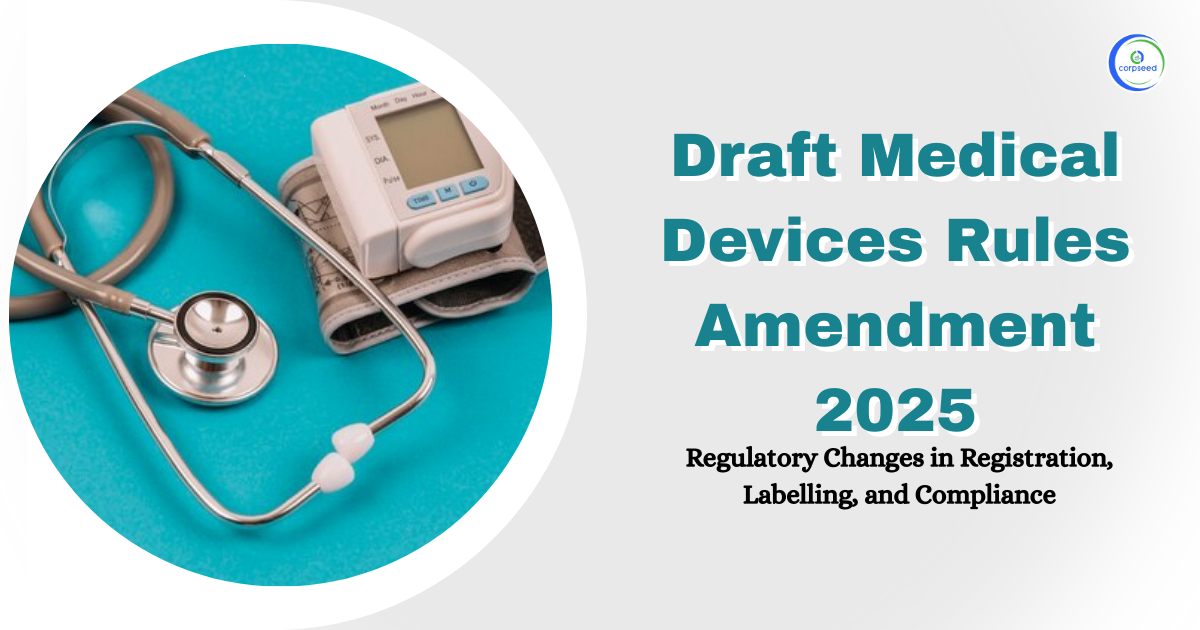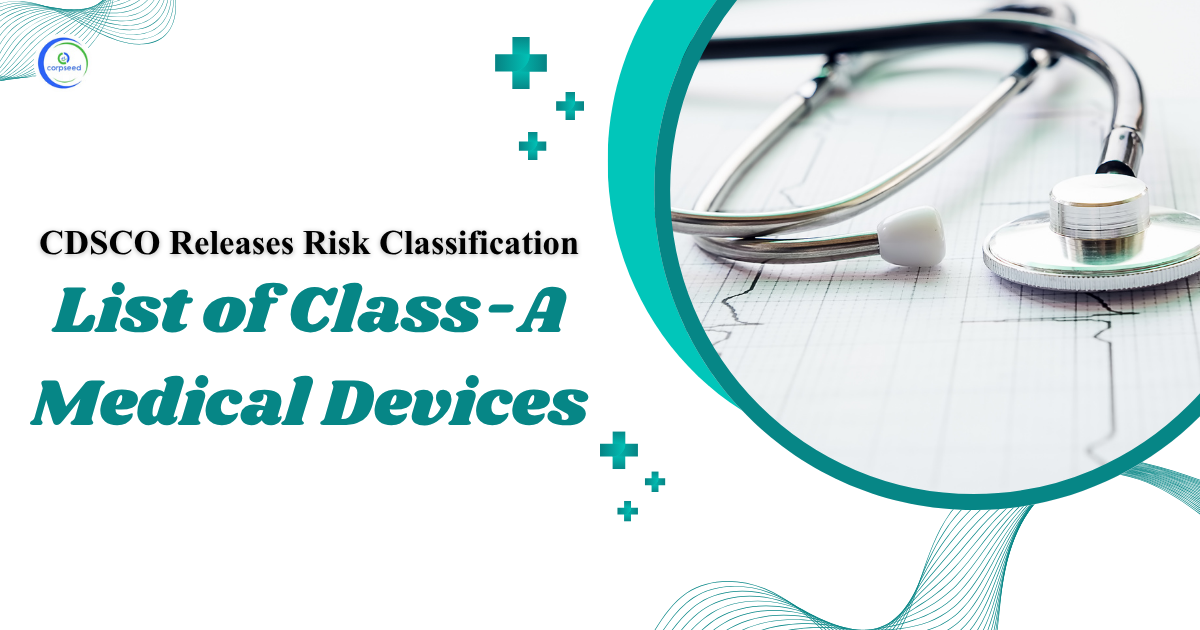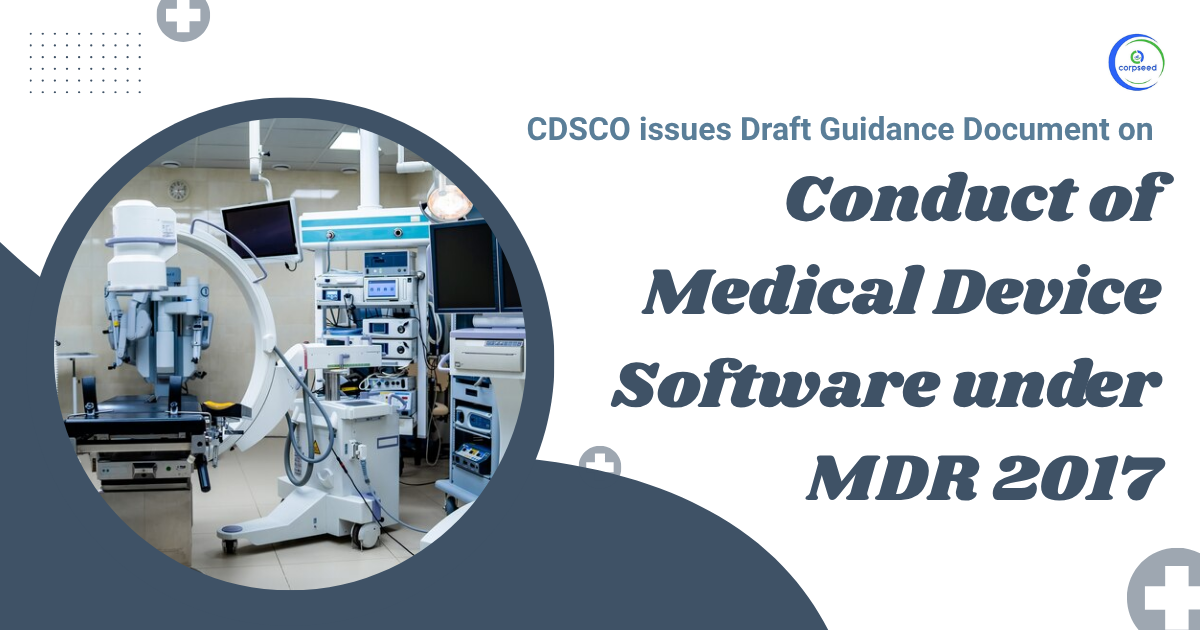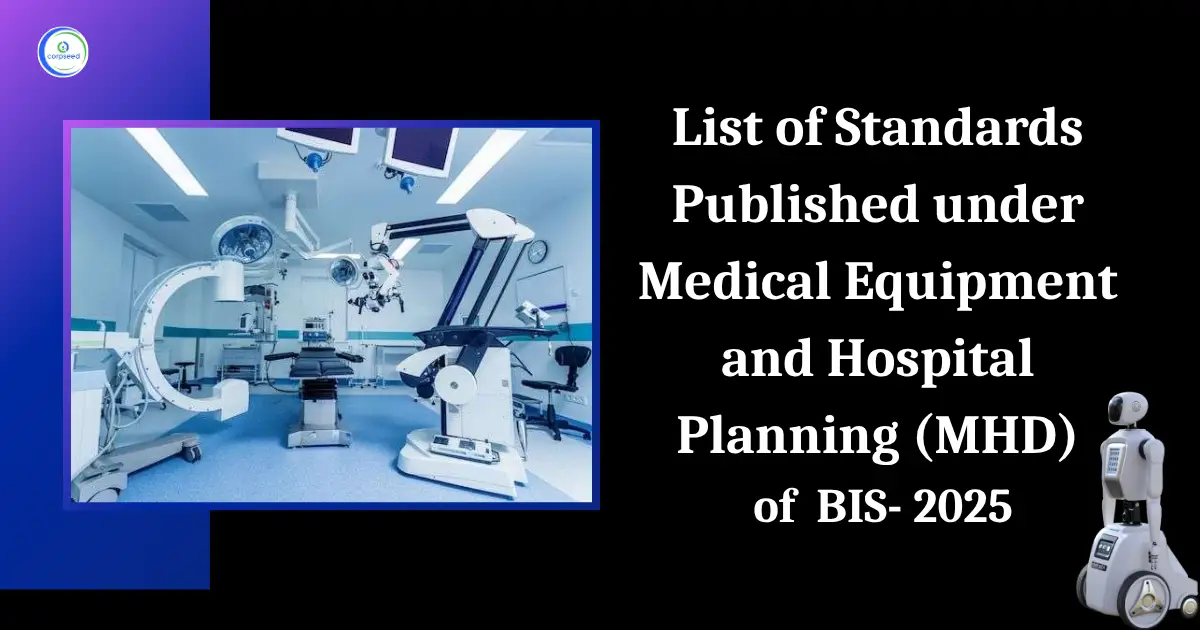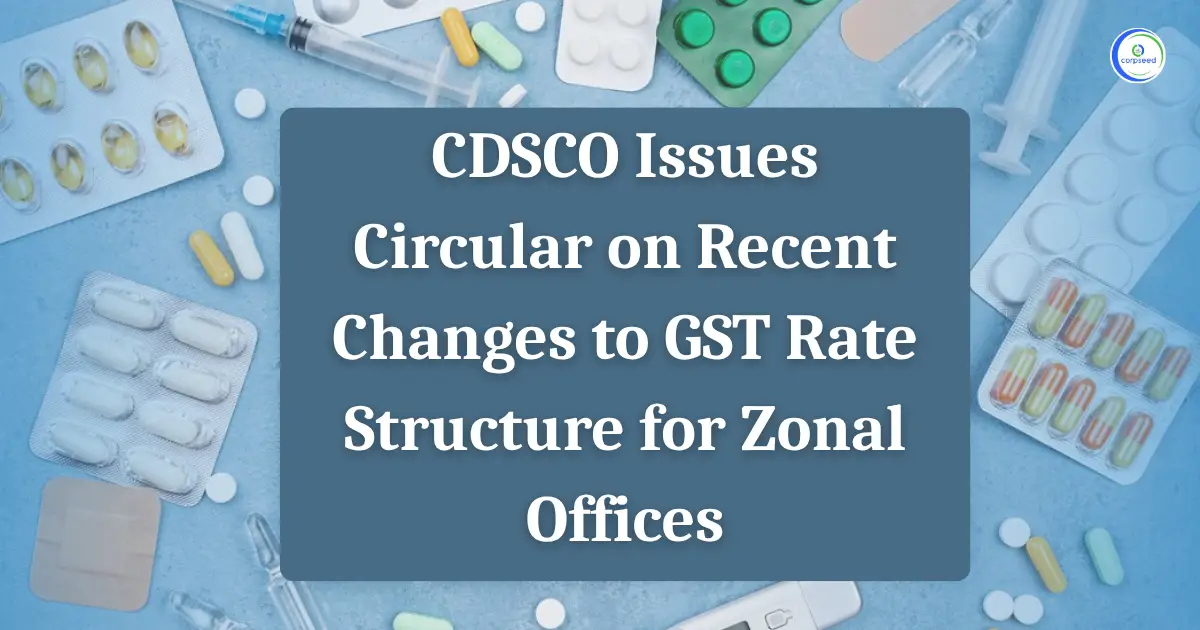What is coronavirus?
It is an infectious disease caused by a newly discovered virus named – coronavirus (COVID-19). The name coronavirus is derived from the Latin word corona -meaning crown or halo.
People infected with the COVID-19 virus, have experienced mild to severe respiratory illness.
People with lesser immunity and those with inherent medical problems like cardiovascular disease, diabetes, respiratory disease etc are more prone to develop serious illness.
Table of Contents
How the COVD-19 is spreading?
The COVID-19 virus spreads through the blob of saliva or discharge from the nose, when an infected person coughs or sneezes, so it’s important to practice respiratory etiquette.
What are the symptoms?
- As per the WHO, signs of infection include fever, cough, shortness of breath and breathing difficulties.
- In severe cases, it can even lead to pneumonia, multiple organ failure and even death.
Why there is a need of the Import of Medical equipment?
- As it is a global emergency – According to the report on January 30 of WHO, this outbreak is a global health emergency, raising the alarm further on March 11 when it declared the crisis a pandemic.
- In order to protect ourselves -
In order to do so we would require multiple things medicated soaps, face masks, medical equipment for testing and treatments, medicines and vaccines etc
India attracts manufacturer and retailers all over the world for the import of goods as it has the capacity to be the world’s largest market.
In India, Central Drug Standard Controlled Organization (CDSCO) currently regulates the medical devices import or export, which is part of the Ministry of Health and family welfare.
All the actions which are related to medical devices (including their import, manufacturing, sale, distribution and export) are set in motion through the Drug and Cosmetic act 1940 and Rules 1945. The Drug and Cosmetic (Amendment) Bill 2013, guides us through the latest amendment concerned to the same.
As per the guidelines, upon approval, one can import and export the registered equipment and the non-registered medical devices.
Registration with a regional licensing authority is a prerequisite requirement for the import and export of goods. Without fulfilling the prerequisites, the customs will not allow for the clearance of goods unless.
Main points to keep in mind while Importing Medical Equipments –
Import Policy
The Import policy provides us a list of the goods with Harmonised good codes. The Indian Trade Classification (ITC)-Harmonized System (HS) has classified goods into -
- Restricted – These can be imported only after obtaining an import license from the relevant regional authority.
- Canalized – These are the items that can only be imported using specific procedures or methods of transport and can be imported only through canalizing agencies.
- Prohibited - These are strictly prohibited on all import channels in India for example - wild animals, oils of animal origin, unprocessed ivory, etc.
Goods that are not specified in the above-mentioned categories can be freely imported without any restriction, only if the importer has a valid IEC and other required documents.
Types of Duties Involved in the Import -
A list of these duties follows below:
- Basic Duty- Basic duty is the tax rate that is applied to goods.
These rates of customs duties are mentioned in the 1st (import duties) and 2nd (export duties) Schedules of the Customs Tariff Act of 1975. - IGST and Compensation Cess - The IGST has replaced the older system of federal and state categories of indirect taxation. This has also replaced the CVD (countervailing duty) and SAD (Special Additional Duty of Customs).
- Anti-Dumping Duty- It is only levied on specific goods imported from specified countries – including the US – to protect Indian industries.
- Safeguard Duty- It is designed to provide protection to domestic goods.
Social Welfare Surcharge
It is the replacement of The Education Cess (EC) and Secondary and Higher Education Cess on import.
Valuation
Customs duty is payable as a percentage of ‘Value’ also termed as ‘Assessable Value’ or ‘Customs Value.’ The Value may be either:
- ‘Value’ as defined in Section 14 (1) of the Customs Act; or
- ‘Tariff Value’ is described under Section 14 (2) of the Customs Act.
Customs Handling Fee
It applied in addition to the applied customs duty and is kept as 1% customs handling fee and is applicable on maximum all imports.
Import Procedure:
It is basically the purchase of goods from a foreign country. Every country has a different protocol and set of guidelines for import.
- Trade Enquiry: While placing the inquiry, the importer has to mention the all the details such as the goods required, number or grade, size, weight and the quantity required, time and method of delivery, method of packing, etc.
- Procurement of Import Licence and Quota: The import trade in India is controlled under the Imports and Exports (Control) Act, of 1947. A person or a firm can only import with a valid import license.
- Obtaining Foreign Exchange: since the importer has to make payment in the currency of the exporting country only, once the IEC is granted, the next step is to arrange the foreign exchange.
- Dispatching a Letter of Credit: Just to be sure that there is no risk of non-payment, for this purpose the exporter asks the importers to send a letter of credit to him.
- Obtaining Necessary Documents:
- Customs Formalities and Clearing of Goods:
Import of the Un-registered Medical equipment –
There are many products in India that require registration including spinal needles, heart valves, annuloplasty rings, syringes and etc. Any company, willing to import any such devices is required to comply with the rules as per the Drugs and cosmetic act 1940 and rule 1945 regulations by CDSCO.
Following are the documents that will be filled in order to register and import an unregistered medical device –
- Form 41: It is the registration certificate is issued under rule 27
- Import license (Form 10)
- TR-6 Challan application
- Schedule DI
- Schedule DII
- Power of attorney
- Free sale certificate
- Valid wholesale license/ manufacturing license
- Copies of quality certification
- Device master file
- Plant master file
- FU and Pack insets of devices
- Device label
In case of Re-Registration -
As per Rule 24A, 25B, 27A, and 28A of Drug and Cosmetic rules for the re-registration, form 44 is required. Along with form 41, a copy of the registration certificate is required to be submitted.
Conclusion -
The import of medical devices in India requires a high regulatory framework. These regulations not only provide a hassle-free import of medical devices but also to keep a check and track on the quality of the imported goods.
This portion of the site is for informational purposes only. The content is not legal advice. The statements and opinions are the expression of author, not corpseed, and have not been evaluated by corpseed for accuracy, completeness, or changes in the law.
BOOK A FREE CONSULTATION
Get help from an experienced legal adviser. Schedule your consultation at a time that works for you and it's absolutely FREE.


